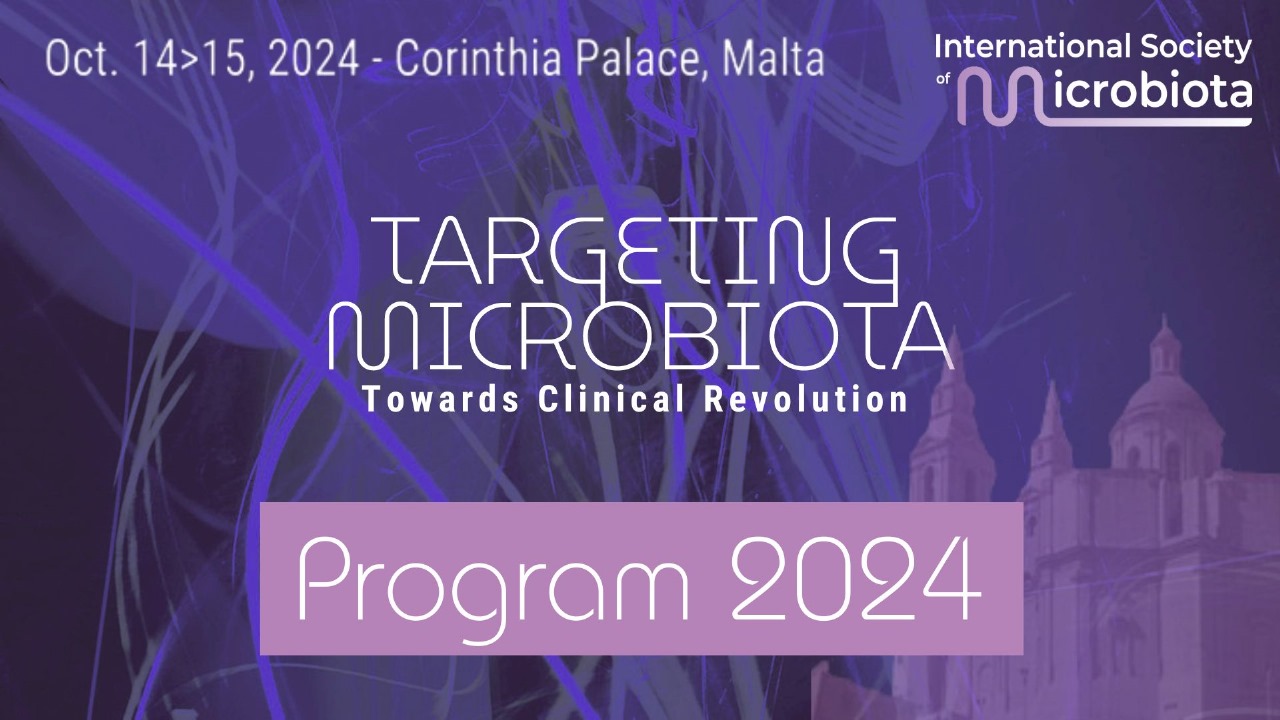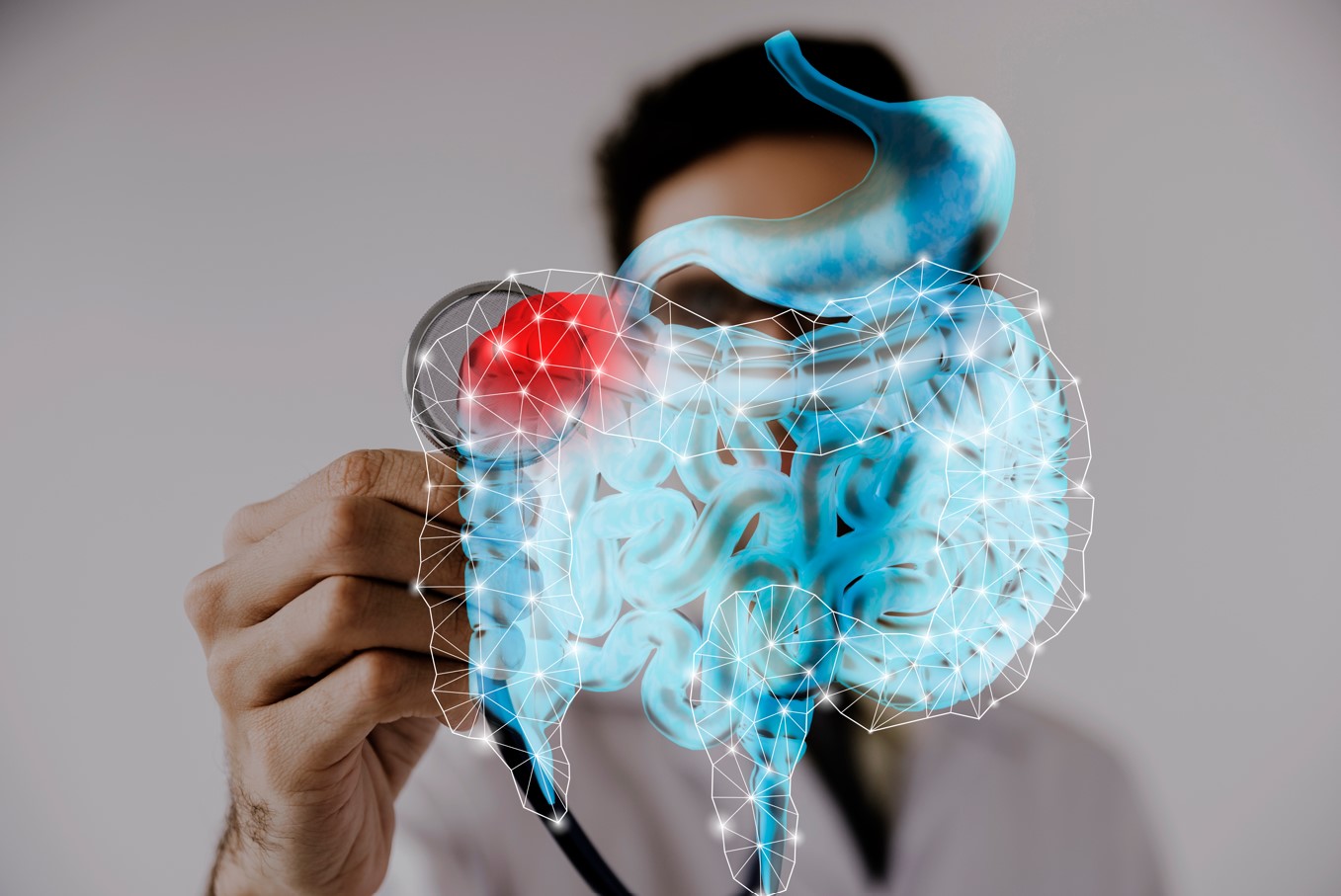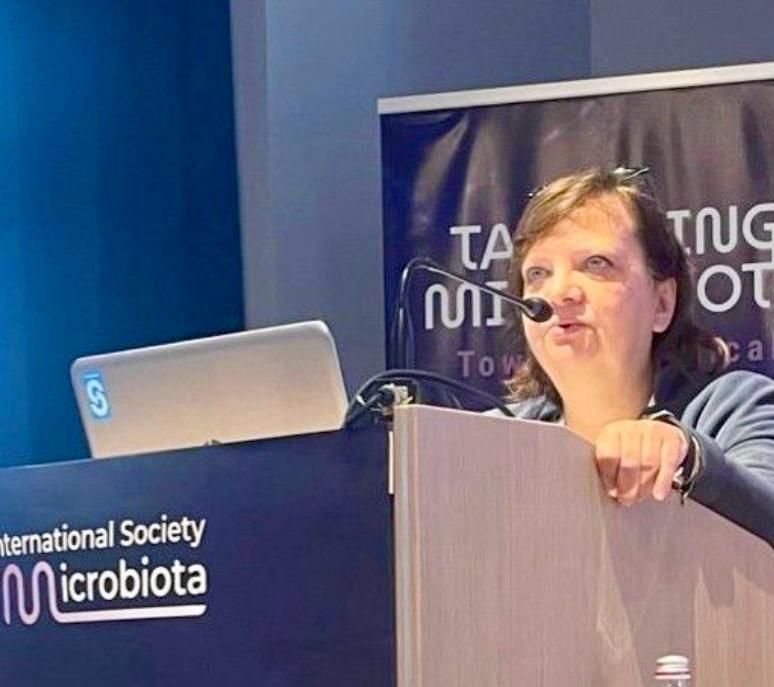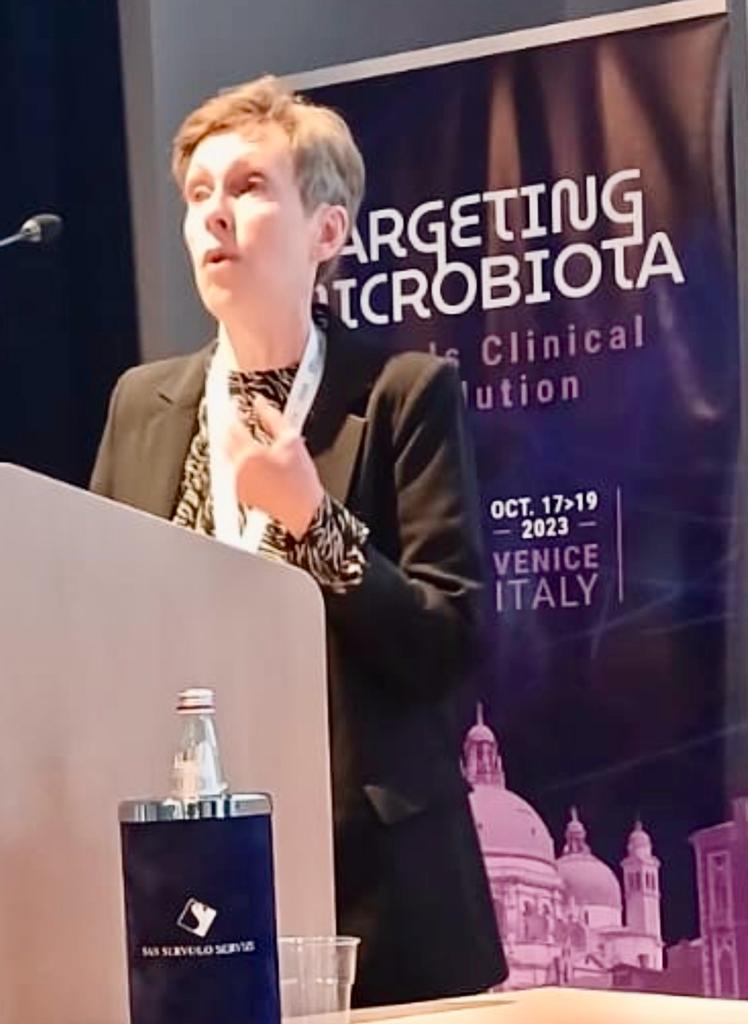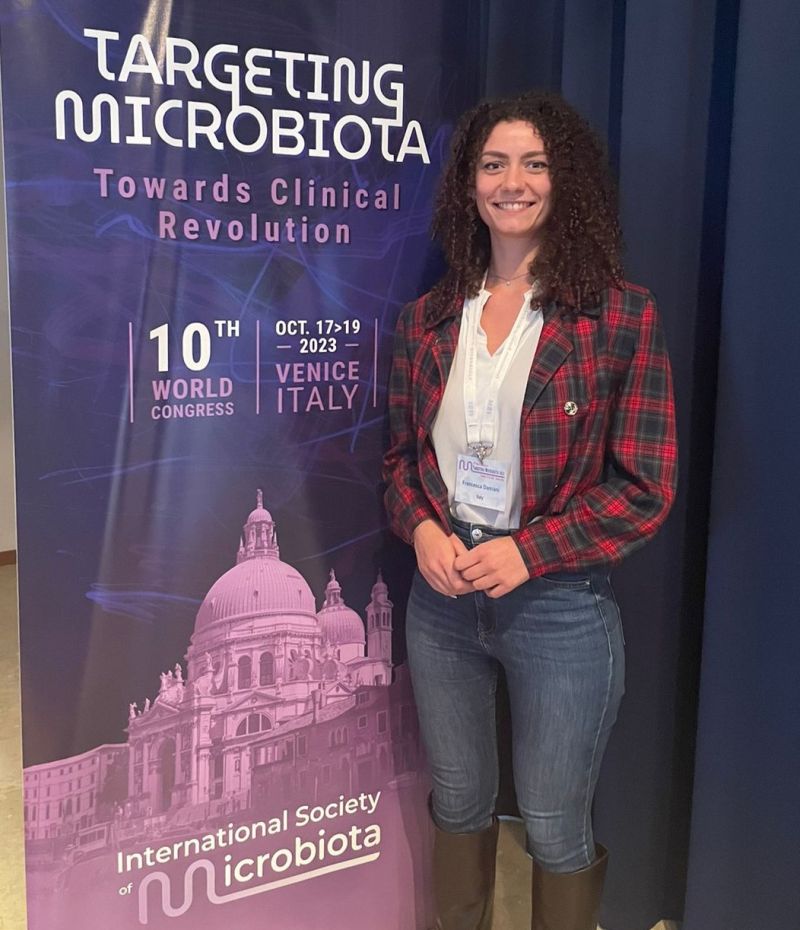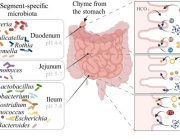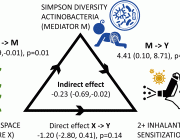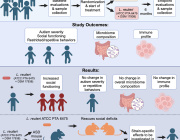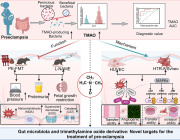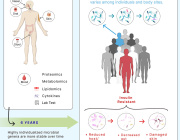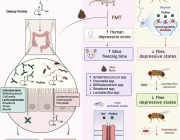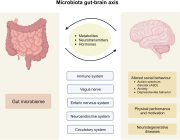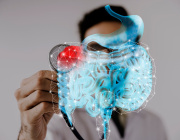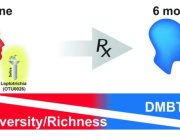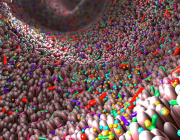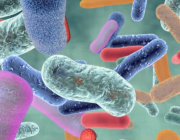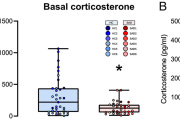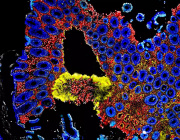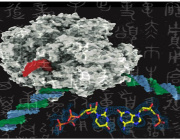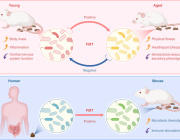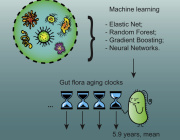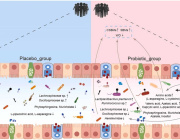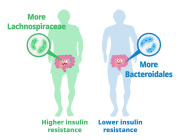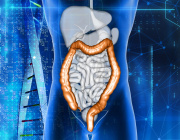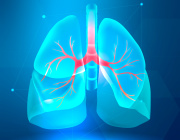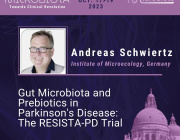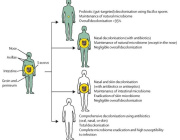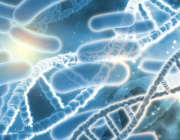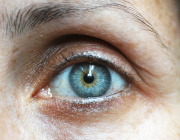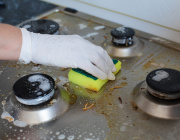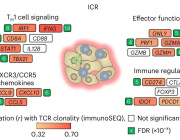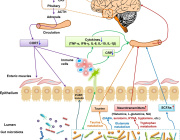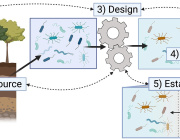Microbiome Dynamics in Oral Cancer Treatment: Role of Salivary Biomarkers
In an innovative study published in the Microbiome Journal, researchers explain the relationship between oral microbiome changes and treatment outcomes in patients grappling with oral squamous cell carcinoma (SCC). This research, utilizing advanced 16S rRNA gene sequencing, not only reveals significant post-treatment shifts, but also explores how these changes correlate with the expression of an essential anti-microbial protein.
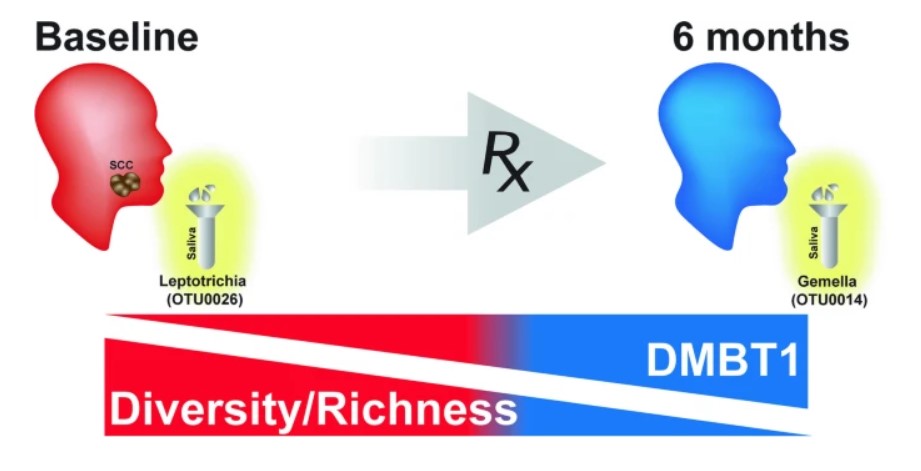
Graphical Abstract. After completion of treatment, 6 months after diagnosis, patients had a less diverse and less rich oral microbiome. Leptotrichia was a highly prevalent bacteria genus associated with disease. Expression of DMBT1 was higher after treatment and associated with microbiome changes, the most prominent genus being Gemella. Copyrights: Medeiros, M.C.d. et al.
Key Findings
1. Reduction in Bacterial Richness and Diversity:
Treatment for SCC correlates with a noteworthy reduction in overall bacterial richness and diversity.
2. Microbial Community Structure Shifts:
Post-treatment, there are significant changes in microbial community structure, including a decrease in Porphyromonaceae and Prevotellaceae, and an increase in Lactobacillaceae.
3. Distinct Changes with Chemoradiotherapy:
While both chemoradiotherapy and surgery influence microbial structures, chemoradiotherapy alone triggers unique bacterial population changes between responders and non-responders.
4. Microbiome-DMBT1 Correlation:
The study reveals a correlation between microbiome changes and variations in the expression of DMBT1, an anti-microbial protein in human saliva.
Salivary DMBT1 as a Potential Biomarker
Researchers identify salivary DMBT1 as a potential post-treatment biomarker, with increased levels correlating with elevated abundance of specific bacterial species. This discovery suggests a modulatory role for DMBT1 in shaping the oral microbiome landscape post-treatment.
This study represents the first longitudinal exploration of treatment-associated changes in the oral microbiome for SCC patients, distinguishing between chemoradiotherapy and surgery. The identified correlations between microbiome shifts and the expression of anti-microbial proteins open new avenues for predictive and personalized interventions in managing oral SCC.
Targeting Microbiota 2024 will highlight the latest advancements in oral microbiome research and potential treatments. Don't miss the chance to join the 11th ISM World Congress on October 14-15, 2024 at Corinthia Palace Malta!
Copyright: International Society of Microbiota
International Society of Microbiota
LinkedIn | Facebook









